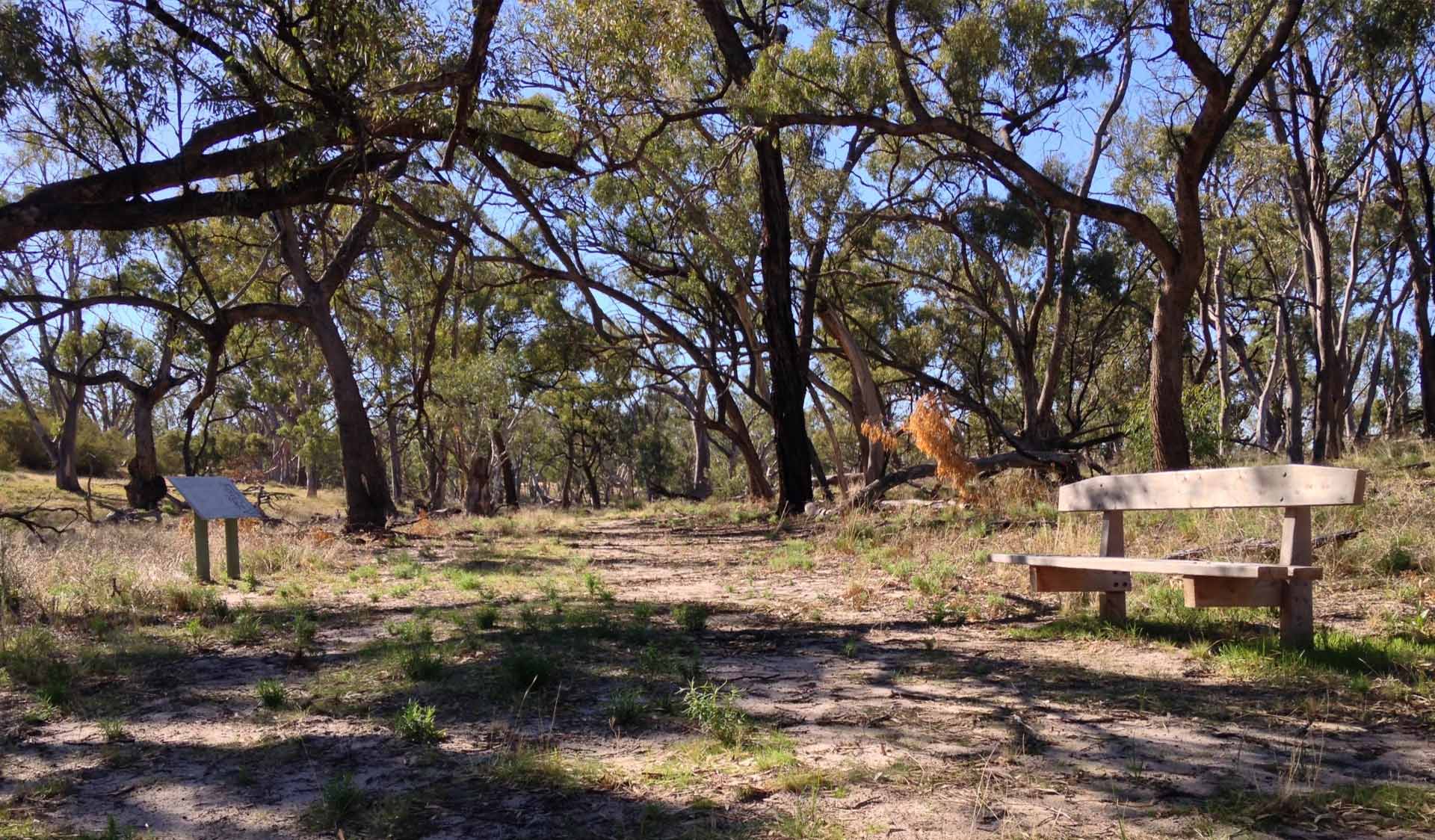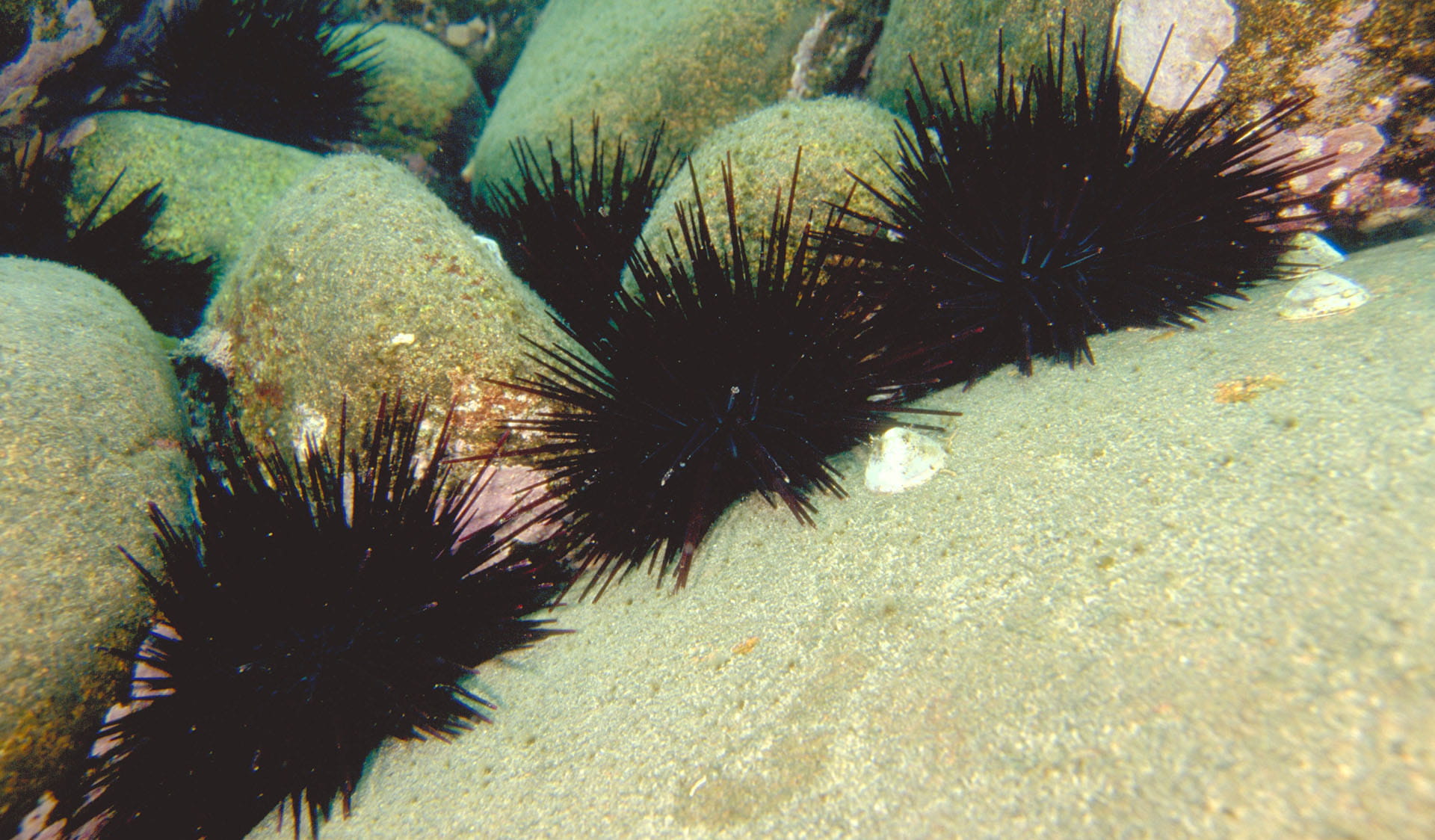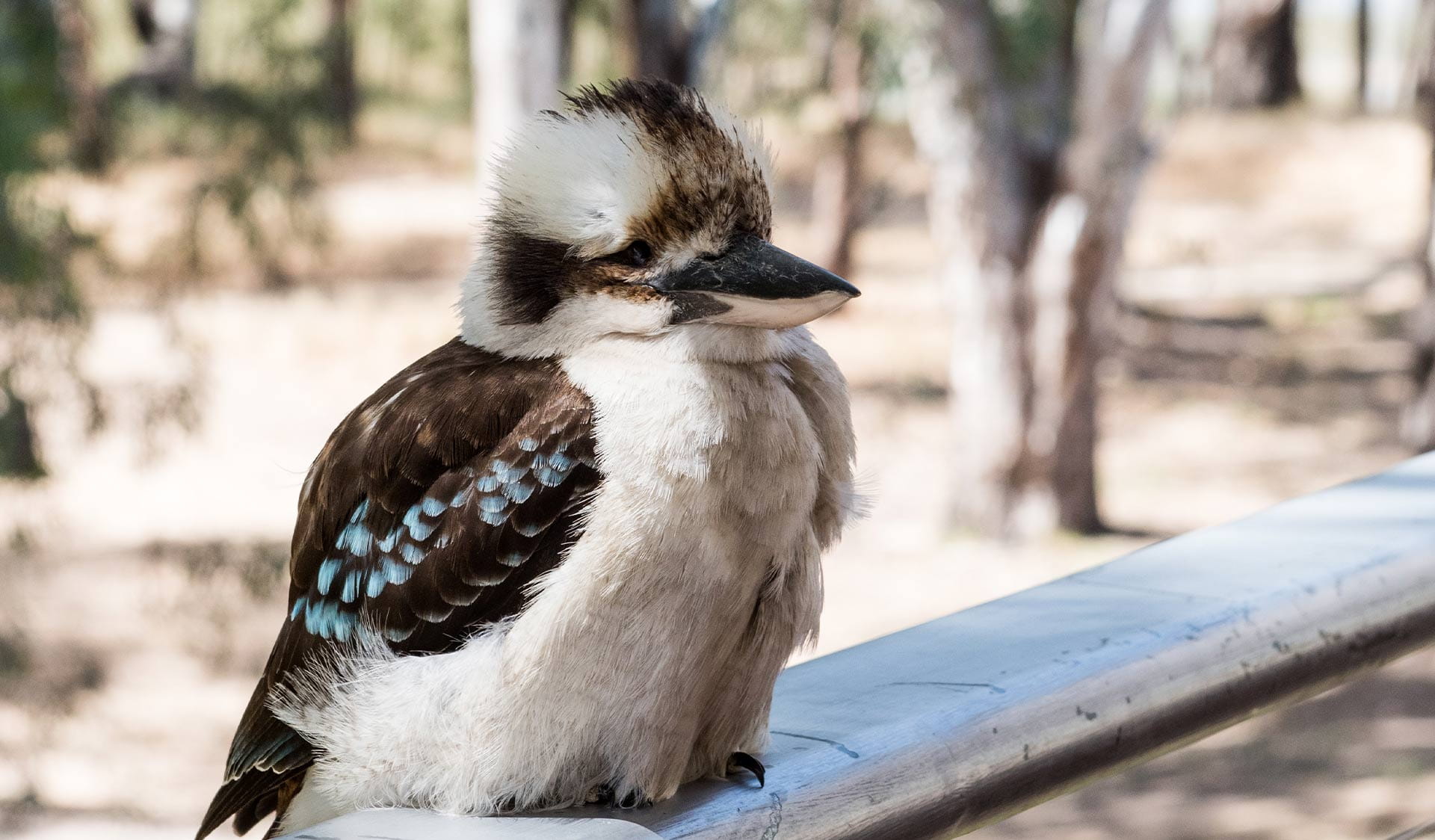Conserving our parks
We are committed to conservation
Our conservation programs help reduce threats and improve the health of our natural landscapes. Healthy parks mean healthy plants, animals and people, and provide the best nature experiences for visitors.
As the organisation responsible for managing 18 per cent of Victoria’s landmass, 75 per cent of Victoria’s wetlands and 70 per cent of Victoria’s coast, we are one of the most important contributors to native species survival in the wild and are responsible for deciding what actions to take to ensure that Victoria’s parks are healthy.
We identify the highest priorities to conserve each of these different landscapes, then develop plans and actions to address those priorities and tackle the threats that pose the most risk to the environment.

The great majority of visitors to parks and reserves respect the environment and look after the facilities provided. Unfortunately, a small number do act in ways that have a negative impact on the environment or affect the enjoyment of others.

Conservation Action Plans (CAPs) are the tool to carefully target our conservation efforts to achieve the best outcomes for ecosystems and species with the available resources.

Australia's native plants and animals have adapted to life on an isolated continent over millions of years.

Marine pests are highly invasive animals and plants from other parts of the world that have become established in Victoria and cause significant harm to the health of marine ecosystems.

Across Victoria there are 30 Marine Protected Areas (MPAs). These include Marine National Parks, Marine Sanctuaries, Marine and Coastal Parks, Marine Parks and a Marine Reserve.

The Nature Conservation Strategy 2021-2031 sets out how Parks Victoria aims to conserve and protect nature on Victoria’s parks estate.

Wildlife populations are dynamic. They vary naturally in distribution in response to a variety of factors such as climate, food availability and predation.

Parks Victoria Technical Series
A publication series detailing the findings of monitoring and research into the natural values and ecology of terrestrial and marine protected areas.

Other than vegetation clearing, weeds and pest animals represent the biggest threat to the survival of native plants and animals.

The Prom Sanctuary is a landscape-scale nature conservation initiative, responding to the challenges of climate change by enabling species and nature to survive, adapt and evolve.

